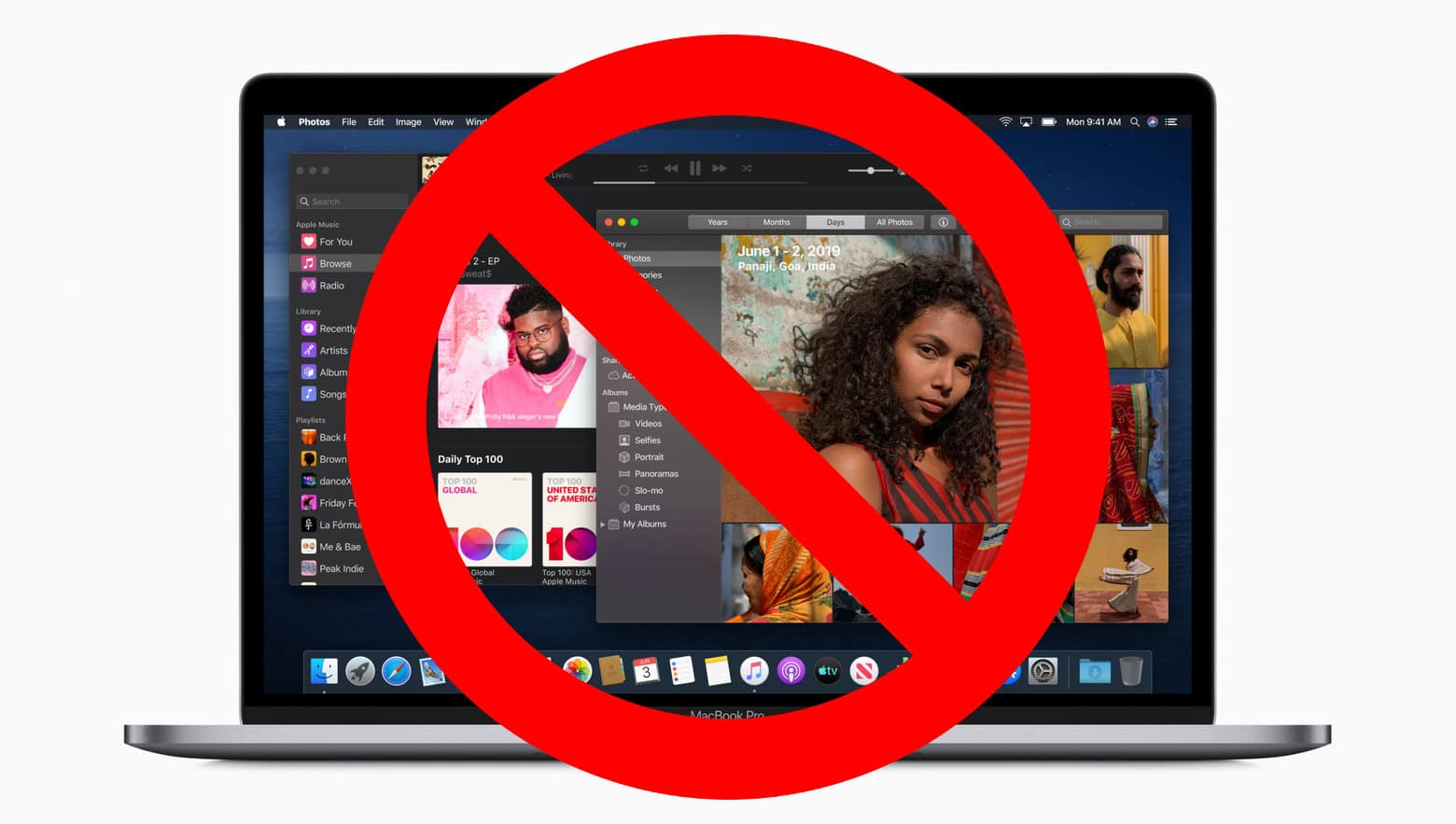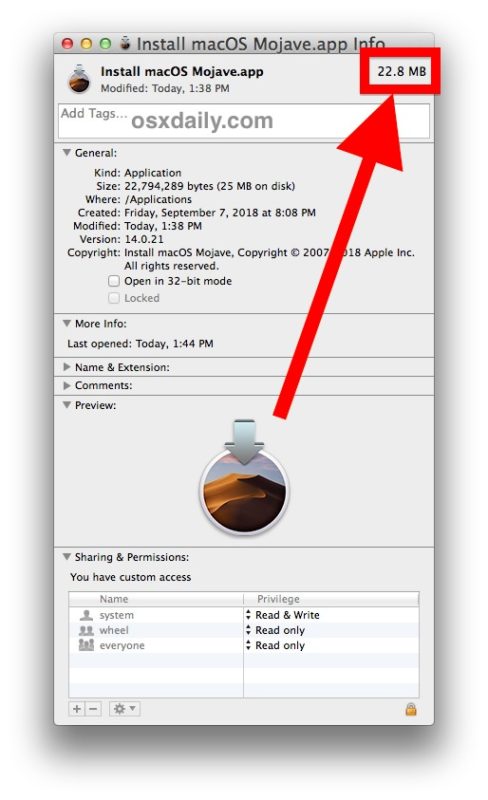Hello daschrislydon,

Macbook Pro 2011 Os Version
Thanks for reaching out to the Apple Support Communities! From your message I can see that you have erased the 2011 MacBook Air and are looking to upgrade the OS X from Lion.
MacOS Mojave (/ m oʊ ˈ h ɑː v i, m ə-/ mo-HAH-vee) (version 10.14) is the fifteenth major release of macOS, Apple Inc.' S desktop operating system for Macintosh computers. Mojave was announced at Apple's Worldwide Developers Conference on June 4, 2018, and was released to the public on September 24, 2018. The operating system's name refers to the Mojave Desert and is part of a series of.
- Word, Excel, PowerPoint, Outlook and Lync for Office for Mac 2011 have not been tested on macOS 10.14 Mojave, and no support for this configuration will be provided. This means there will be no new security updates, non-security updates, free or paid assisted support options, or technical content updates.
- Jun 25, 2018.
- Aug 27, 2020.
You're correct that you need to upgrade to OS X El Capitan before you can upgrade to macOS High Sierra.
Since you're unable to reinstall the Mac OS X Lion through Recovery, see if you can boot into Internet Recovery. To access Internet Recovery, restart your MacBook Air and hold down Option + Command + R. This will allow you to reinstall OS X Lion.

By reinstalling Lion you'll have access to the App Store and you can follow the steps to upgrade to OS X El Capitan: How to upgrade to OS X El Capitan.


Once you have OS X El Capitan running, you can then upgrade to macOS High Sierra: How to upgrade to macOS High Sierra.
If you're unable to reinstall OS X Lion, you'll need to have access to another Mac to be able to create a bootable USB drive for El Capitan. This article will provide you with the steps to take to create a bootable installer: How to create a bootable installer for macOS.
All the best!
Feb 12, 2020 6:35 AM
Reinstall from macOS Recovery
macOS Recovery makes it easy to reinstall the Mac operating system, even if you need to erase your startup disk first. All you need is a connection to the Internet. If a wireless network is available, you can choose it from the Wi-Fi menu , which is also available in macOS Recovery.
1. Start up from macOS Recovery
To start up from macOS Recovery, turn on your Mac and immediately press and hold one of the following sets of keys on your keyboard. Release the keys when you see an Apple logo, spinning globe, or other startup screen.
Command (⌘)-R
Reinstall the latest macOS that was installed on your Mac (recommended).
Option-⌘-R
Upgrade to the latest macOS that is compatible with your Mac.
Shift-Option-⌘-R
Install Mac Os Mojave On Macbook Pro Late 2011
Reinstall the macOS that came with your Mac, or the closest version still available.

You might be prompted to enter a password, such as a firmware password or the password of a user who is an administrator of this Mac. Enter the requested password to continue.
Mac Os Mojave On Macbook Pro Early 2011
When you see the utilities window, you have started up from macOS Recovery.
2. Decide whether to erase (format) your disk
You probably don't need to erase, unless you're selling, trading in, or giving away your Mac, or you have an issue that requires you to erase. If you need to erase before installing macOS, select Disk Utility from the Utilities window, then click Continue. Learn more about when and how to erase.
3. Install macOS
When you're ready to reinstall macOS, choose Reinstall macOS from the Utilities window. Then click Continue and follow the onscreen instructions. You will be asked to choose a disk on which to install.
- If the installer asks to unlock your disk, enter the password you use to log in to your Mac.
- If the installer doesn't see your disk, or it says that it can't install on your computer or volume, you might need to erase your disk first.
- If the installer is for a different version of macOS than you expected, learn about macOS Recovery exceptions.
- If the installer offers you the choice between installing on Macintosh HD or Macintosh HD - Data, choose Macintosh HD.
Please allow installation to complete without putting your Mac to sleep or closing its lid. During installation, your Mac might restart and show a progress bar several times, and the screen might be empty for minutes at a time.
If your Mac restarts to a setup assistant, but you're selling, trading in, or giving away your Mac, press Command-Q to quit the assistant without completing setup. Then click Shut Down. When the new owner starts up the Mac, they can use their own information to complete setup.
macOS Recovery exceptions
The version of macOS offered by macOS Recovery might vary in some cases:
- If macOS Sierra 10.12.4 or later has never been installed on this Mac, Option-Command-R installs the macOS that came with your Mac, or the closest version still available. And Shift-Option-Command-R isn't available.
- If you erased your entire disk instead of just the startup volume on that disk, macOS Recovery might offer only the macOS that came with your Mac, or the closest version still available. You can upgrade to a later version afterward.
- If your Mac has the Apple T2 Security Chip and you never installed a macOS update, Option-Command-R installs the latest macOS that was installed on your Mac.
- If you just had your Mac logic board replaced during a repair, macOS Recovery might offer only the latest macOS that is compatible with your Mac.
If you can't get macOS Recovery to offer the installer you want, you might be able to use one of the other ways to install macOS.
Other ways to install macOS
- You can also install macOS from the App Store or Software Update preferences. If you can't install macOS Catalina, you might be able to install an earlier macOS, such as macOS Mojave, High Sierra, Sierra, El Capitan, or Yosemite.
- Or create a bootable installer disk, then use that disk to install macOS on your Mac or another Mac.
